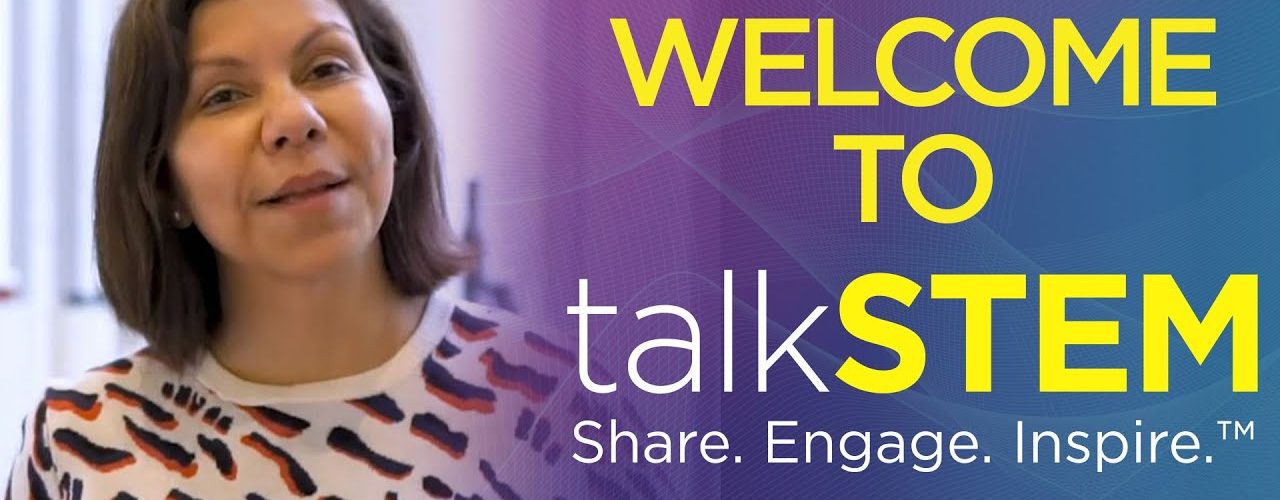By Jamie Repasky


As an elementary science teacher and mother of two young boys, I love hearing, “Guess what I just discovered?”. It often occurs when curiosity, wonder, and knowledge collide and can provide the foundation of a lifelong love of science. Recently a student had such a eureka moment and announced excitedly, “I found out that sapphires are really just blue emeralds”. I was intrigued by the statement though my limited knowledge of geology suggested it was incorrect. Maybe I was wrong and would learn something new. When asked where they found this interesting fact the student replied, “Online!”.


The saying, “You cannot trust everything you read”, is particularly true for online sources. Yet this often takes students (and adults) by surprise. In an age where Google is the go-to-source for general scientific questions, how much confidence can be had in data found online and how does one decide what is a reliable source? In scientific research, Peer Review helps ensure confidence in the scientific literature. Before publishing new data and conclusions, it is reviewed by a collection of other scientists to gauge the quality of the work and ensure all conclusions are supported by the data. Only work that meets the high standards of a field is published. Unfortunately, while Google uses an algorithmic approximation of peer review called PageRank to rank websites by importance, the question of accuracy of information isn’t directly considered.
To get students thinking critically about information online, I tell them that I could post online that purple is the perfect color. Does that make it true? Is it a fact or an opinion? What if I was the main sponsor for purple items or had some other conflict of interest? Does that change how they would view my comments? Generally after answering these questions, it does. Another factor to consider is the relevance of the source. For instance, the student who noted “sapphires are really just blue emeralds”, found that ‘factoid’ on a website for a video game describing their virtual Chaos Emeralds.
All students should be trained to develop critical thinking skills, including how to gauge confidence in online sources by accuracy and relevance. Its a requirement for those intending to pursue STEM careers and it benefits all students.
About Jamie:










654 comments